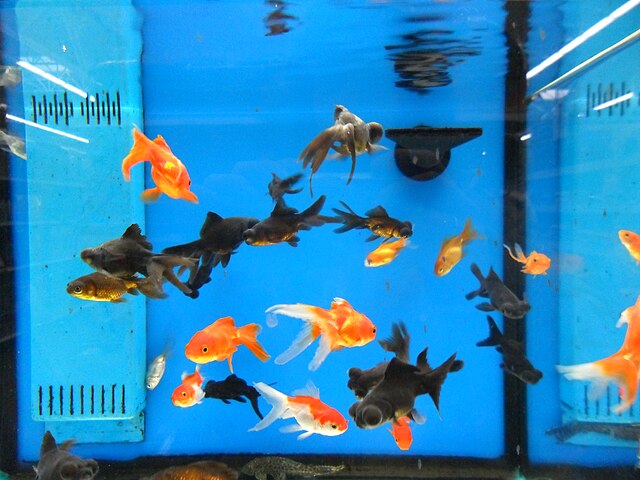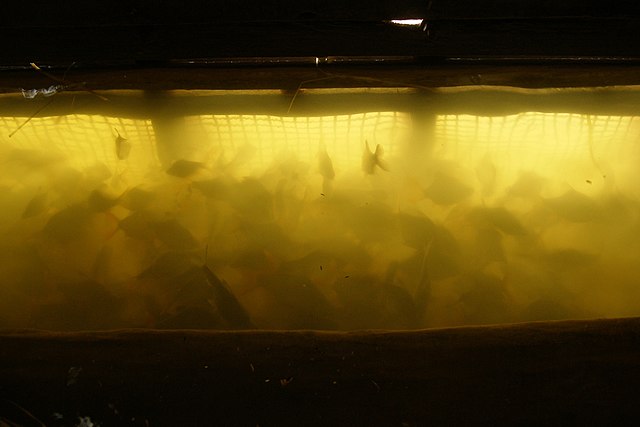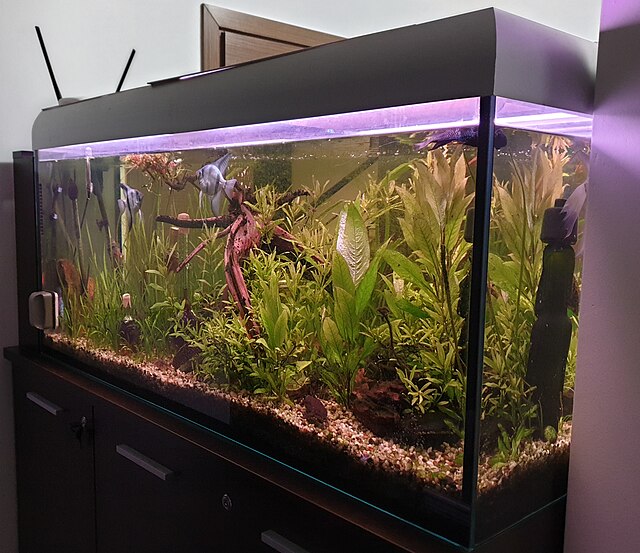July 19, 2024
by Jorge Perdomo
Ever wondered how often you should change the water in your fish tank to keep your aquatic friends healthy and thriving? Water changes are crucial for maintaining a stable environment and ensuring your fish live long, happy lives. Let’s dive into the essentials of water change frequency and methods!

Why Are Water Changes Important?
Regular water changes help remove harmful substances like ammonia, nitrites, and nitrates that build up over time. They also replenish essential minerals and nutrients, keeping your aquarium’s water chemistry balanced. Clean water is vital for your fish’s health, preventing diseases and stress.
The Importance of Regular Water Changes and Filter Maintenance
Neglecting regular water changes and filter maintenance can lead to a buildup of harmful pathogens in your aquarium. This stagnant environment can foster diseases like fin rot and more severe conditions.
Fin Rot and Infections
When water quality deteriorates due to infrequent changes, the buildup of organic waste and bacteria can lead to fin rot. This bacterial infection starts with the degradation of the fish’s fins and can spread to the body, causing severe damage if not promptly addressed. Regular water changes help dilute harmful bacteria and reduce the risk of this disease.
Hole in the Head Disease
Another serious condition exacerbated by poor water quality is Hole in the Head disease, also known as Head and Lateral Line Erosion (HLLE). This disease primarily affects cichlids and other large freshwater fish. It manifests as pits or holes in the fish’s head and along the lateral line. Poor water quality, especially high levels of nitrates and phosphates, can compromise the fish’s immune system and lead to this debilitating condition. Regular water changes and maintaining good water quality are crucial in preventing and managing Hole in the Head disease.
By keeping up with water changes and maintaining your filter, you ensure a healthier environment for your fish, reducing the likelihood of these and other health issues.

Large Water Changes: The Benefits
Contrary to popular belief, large water changes of 80-90% can be beneficial, as long as the new water closely matches the chemistry of the old water, including temperature, pH, and other parameters. Large water changes can effectively remove accumulated nitrates, phosphates, pheromones, and other byproducts of daily life inside a fish tank. This method is especially useful for tanks with high stocking levels or for keeping water conditions pristine for sensitive fish like discus.
The Role of Plants in Water Quality

Heavily planted tanks can help reduce the frequency of water changes. Plants naturally absorb nitrates, which are a byproduct of fish waste and decaying food. By incorporating a variety of aquatic plants, you can create a more balanced and self-sustaining ecosystem. This not only benefits your fish by providing a cleaner environment but also reduces the workload on you as an aquarist.
Steps for Performing a Water Change
- Prepare Fresh Water: Ensure the new water matches the temperature and parameters of your tank water. Use a water conditioner to remove chlorine and chloramines.
- Clean the Tank: Before changing the water, gently clean the tank walls and decorations to remove algae.
- Vacuum the Substrate: Use a gravel vacuum to remove debris and uneaten food from the substrate.
- Remove Water: Using the gravel vacuum or a siphon, remove the appropriate amount of water.
- Add Fresh Water: Slowly pour the prepared water back into the tank to avoid disturbing your fish.
Filthy Filters and Clear Water
A key principle in successful fish keeping is to maintain clean water while allowing your filter to collect beneficial bacteria. While good filtration keeps your water looking clear, it doesn’t remove all the harmful nitrates, phosphates, and other byproducts that accumulate over time. Regular water changes are essential to keep these levels in check.
Always remember, clean water contributes significantly to the health of your fish. Following a consistent schedule of water changes can lead to healthier, more vibrant fish that are able to grow to their full potential. Over time, water that is not changed can encourage unsightly algae growth and weaken your fish’s immune system. Simply make sure to adjust the frequency and volume of your water changes based on your tank’s specific needs, and you should be good to go!

Conclusion
Maintaining a regular water change schedule is essential for the health and happiness of your fish. By understanding your tank’s specific needs and adjusting your routine accordingly, you can create a thriving aquatic environment. Remember, consistency is key, and your fish will thank you for it!
Happy fishkeeping!
